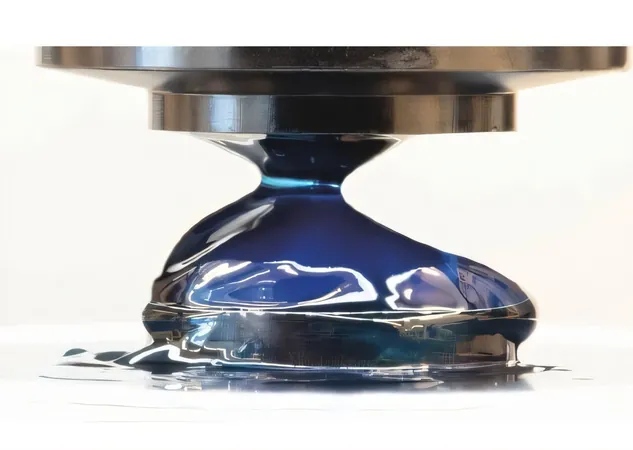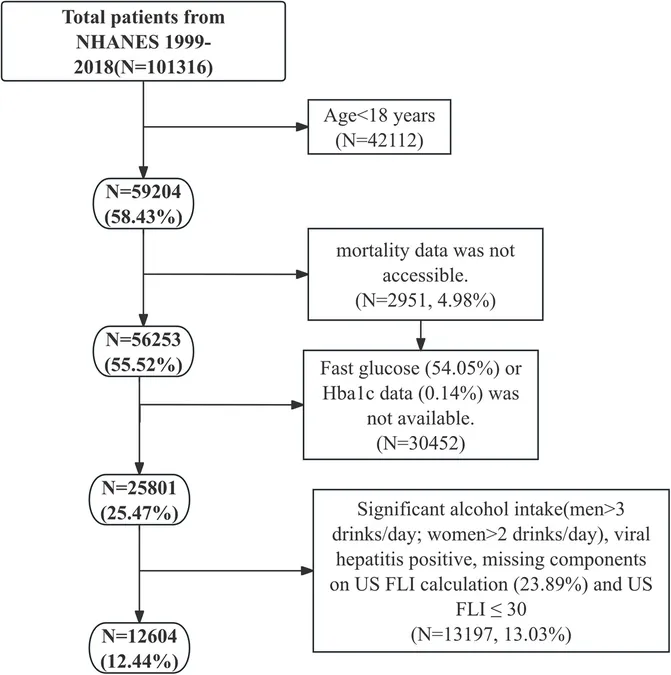
The Ketchup Conundrum: Scientists Crack the Code to Fluid Flow
2025-06-02
Author: Ming
Is Your Ketchup Stuck? Science Has the Answer!
We've all been there—frantically pounding the bottom of a ketchup bottle, desperate to get that sweet red goodness flowing. It turns out, a team of researchers has discovered how to predict when ketchup and similar 'yield stress fluids' will start to flow, simply by examining their solid properties!
The Science Behind the Squeeze
Published in *Physical Review Letters*, this groundbreaking research sheds light on yielding, a phenomenon where solid-like materials begin to act like liquids. Ryan Poling-Skutvik from the University of Rhode Island explains this behavior is not just limited to ketchup but is observed in everyday products, from the creamy custard on your dessert plate to the toothpaste that effortlessly squeezes from the tube.
Yielding occurs when enough stress is applied, causing a material to transform from a solid phase to a liquid state, a moment termed the 'yield transition.' Poling-Skutvik notes its relevance in complex fields like tissue engineering and 3D printing, highlighting its significance in both culinary and industrial applications.
Unlocking the Mystery of Yield Stress Fluids
For over a century, scientists have grappled with understanding exactly how and why some materials yield under stress. This new study asserts that the yielding phenomenon can be partially understood by the material's solid-like characteristics when at rest. Yield stress fluids (YSFs) display a complex response to applied forces, deforming elastically below the yield threshold and becoming irreversibly altered above it.
What’s interesting is how researchers utilize large amplitude oscillatory shear to assess these materials. By applying sinusoidal stress and observing the periodic 'storage' and 'loss' moduli, they can identify the yield transition through an unexpected peak in the loss modulus.
Experimenting for Insights
In their experiments, Poling-Skutvik and his team analyzed a YSF gel made from a polymer blended with water and alcohol, adjusting the polymer concentration throughout the process. They measured stress and strain to derive the moduli, ultimately establishing a relationship between the loss modulus peak and material behavior.
To their surprise, they found a consistent behavior across various YSFs; the peak loss modulus depended similarly on the 'loss tangent,' even though it was measured while the material behaved like a solid.
A New Era for Material Design
Using the KDR model, the researchers modeled their findings, demonstrating that the loss tangent could effectively predict the yield transition. Poling-Skutvik notes, "This research simplifies the design of materials, allowing scientists to focus on their attributes at rest instead of delving into the complexities of yield transitions."
The implications of this research extend across various industries, potentially revolutionizing everything from food science to battery manufacturing. So next time you struggle with a stubborn ketchup bottle, remember: science is on your side!



 Brasil (PT)
Brasil (PT)
 Canada (EN)
Canada (EN)
 Chile (ES)
Chile (ES)
 Česko (CS)
Česko (CS)
 대한민국 (KO)
대한민국 (KO)
 España (ES)
España (ES)
 France (FR)
France (FR)
 Hong Kong (EN)
Hong Kong (EN)
 Italia (IT)
Italia (IT)
 日本 (JA)
日本 (JA)
 Magyarország (HU)
Magyarország (HU)
 Norge (NO)
Norge (NO)
 Polska (PL)
Polska (PL)
 Schweiz (DE)
Schweiz (DE)
 Singapore (EN)
Singapore (EN)
 Sverige (SV)
Sverige (SV)
 Suomi (FI)
Suomi (FI)
 Türkiye (TR)
Türkiye (TR)
 الإمارات العربية المتحدة (AR)
الإمارات العربية المتحدة (AR)